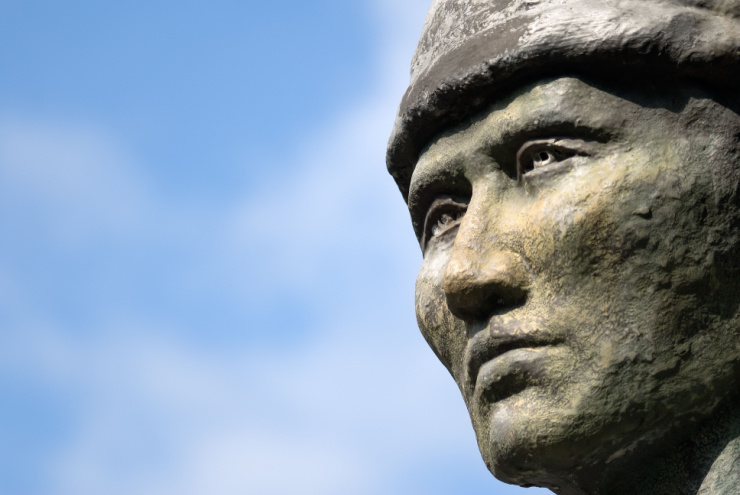China’s communist government claims an ancestral right to Taiwan, but the island’s indigenous people have no connection to the mainland government. Margaret Simons explains in Foreign Policy:
Taiwan’s Indigenous tribes have lived on the island for at least 6,000 years. They are possibly the most frequently colonized people in the world. First came the Spanish and the Dutch in the 17th century, then the Han Chinese—first the Ming Dynasty and then the Qing.
In the Chinese nomenclature, the Indigenous peoples were crudely divided into two categories—shengfan (literally wild or uncivilized) and “shufan,” or “tamed.” The Saisiyat and Atayal were in the first category. China ceded Taiwan to the Japanese at the end of the First Sino-Japanese War. The Japanese rigorously categorized each household, making records that are still used by the current government in ascertaining who can claim to be Indigenous. Half a century later, after Japan’s defeat in World War II, the KMT, then running Taiwan as a single-party authoritarian state, judged that the plains people—“pingpu,” as they were known—were now assimilated into mainstream Chinese culture and no longer merited recognition as Indigenous.
Under Xi, the PRC has adopted an assimilationist approach to ethnic minorities. The repression of the Uyghurs and Tibetan Buddhists are the highest-profile examples, and the Taiwanese Indigenous people interviewed for this article are well aware of that record. The PRC recognizes the Taiwanese Indigenous peoples as one of China’s 56 ethnic groups under a single heading: “gaoshan,” or high mountain people. It avoids using words such as “Indigenous” or “aboriginal” to describe them, probably because that would undermine the CCP’s insistence that Taiwan is merely a renegade province with the same racial and cultural identity as the mainland.
Since democratization in the mid-1980s, Taiwan has gone in the opposite direction—encouraging recognition of distinct Indigenous identities. Successive governments have gradually added to the number of officially recognized tribes, legislated land rights, and reformed the constitution to set aside six seats in the legislature for Indigenous representatives. Tribal languages have been given the status of national languages and must now be taught in schools where there are Indigenous children.
Read more here.
If you’re willing to fight for Main Street America, click here to sign up for the Richardcyoung.com free weekly email.





